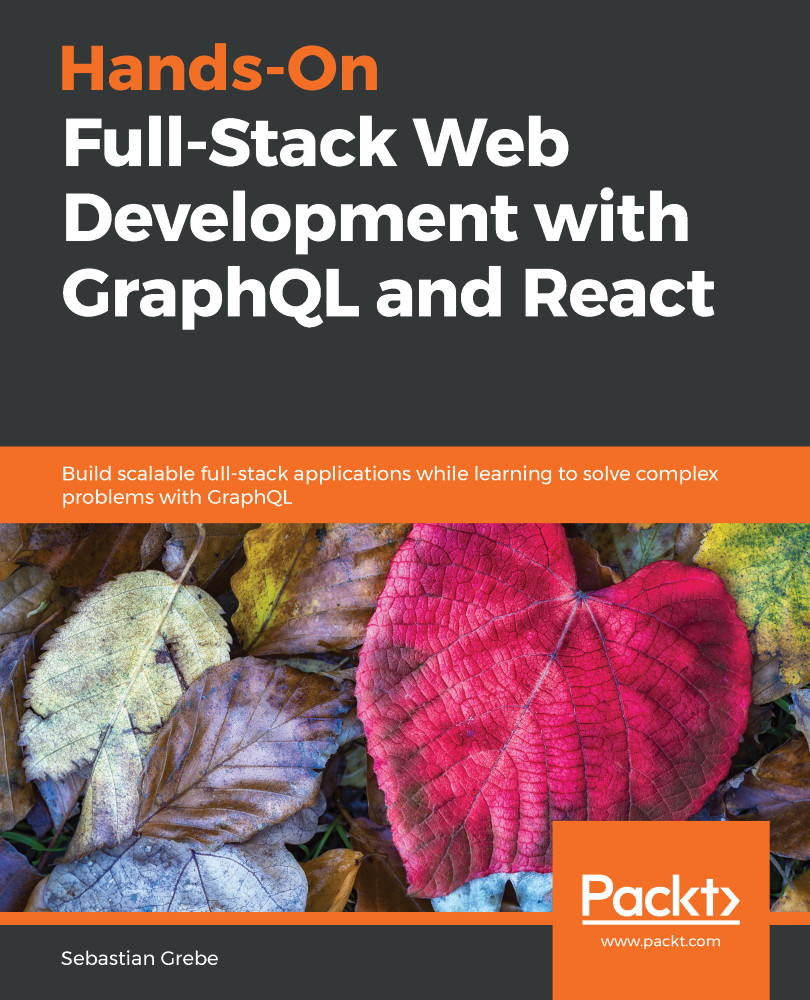-
Book Overview & Buying

-
Table Of Contents
-
Feedback & Rating

Hands-On Full-Stack Web Development with GraphQL and React
By :

Hands-On Full-Stack Web Development with GraphQL and React
By:
Overview of this book
React, one of the most widely used JavaScript frameworks, allows developers to build fast and scalable front end applications for any use case. GraphQL is the modern way of querying an API. It represents an alternative to REST and is the next evolution in web development. Combining these two revolutionary technologies will give you a future-proof and scalable stack you can start building your business around.
This book will guide you in implementing applications by using React, Apollo, Node.js and SQL. We'll focus on solving complex problems with GraphQL, such as abstracting multi-table database architectures and handling image uploads. Our client, and server will be powered by Apollo. Finally we will go ahead and build a complete Graphbook. While building the app, we'll cover the tricky parts of connecting React to the back end, and maintaining and synchronizing state. We'll learn all about querying data and authenticating users. We'll write test cases to verify the front end and back end functionality for our application and cover deployment. By the end of the book, you will be proficient in using GraphQL and React for your full-stack development requirements.
Table of Contents (15 chapters)
Preface
 Free Chapter
Free Chapter
Preparing Your Development Environment
Setting up GraphQL with Express.js
Connecting to The Database
Integrating React into the Back end with Apollo
Reusable React Components
Authentication with Apollo and React
Handling Image Uploads
Routing in React
Implementing Server-Side Rendering
Real-Time Subscriptions
Writing Tests
Optimizing GraphQL with Apollo Engine
Continuous Deployment with CircleCI and Heroku
Other Books You May Enjoy
Customer Reviews

